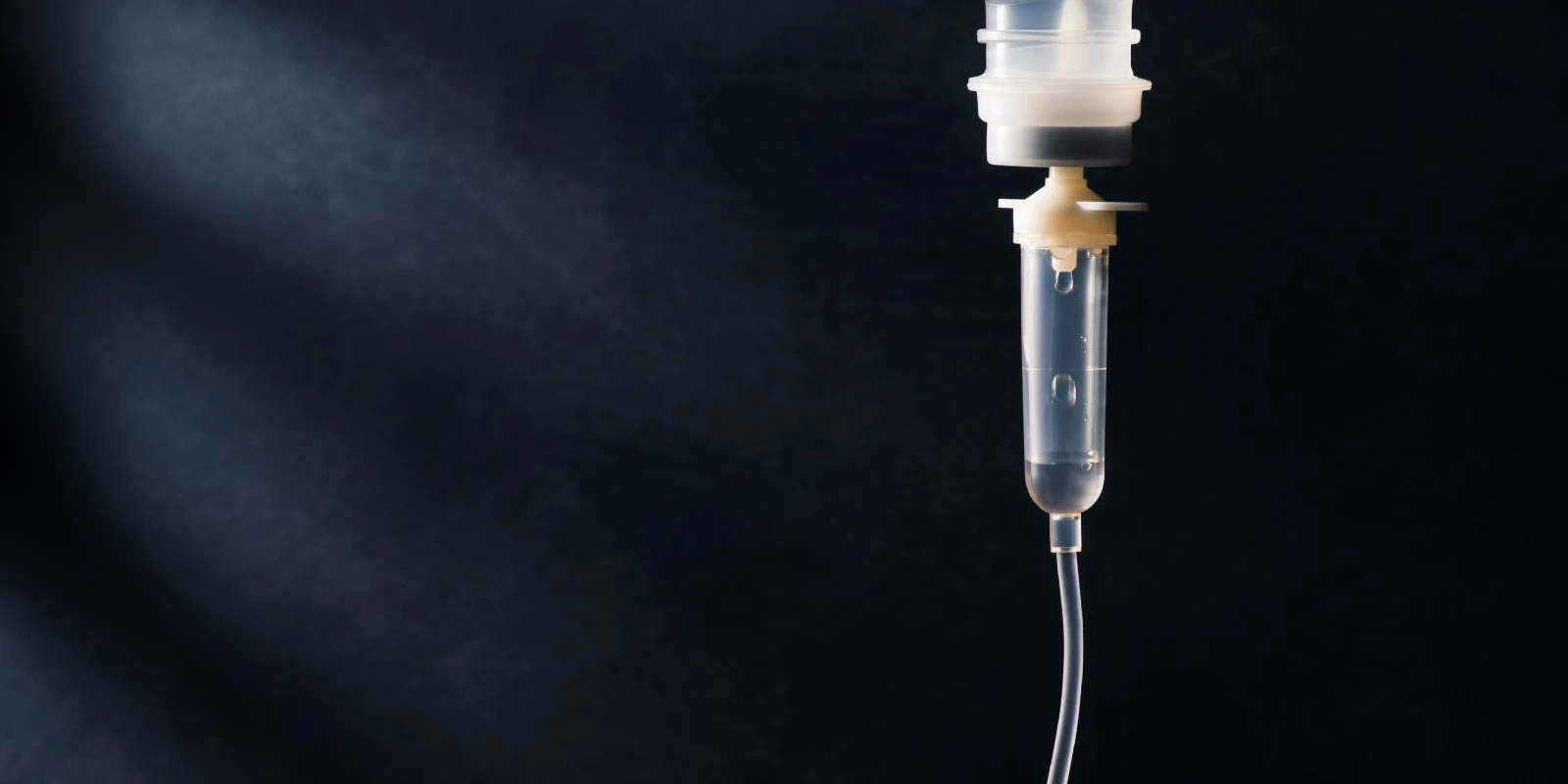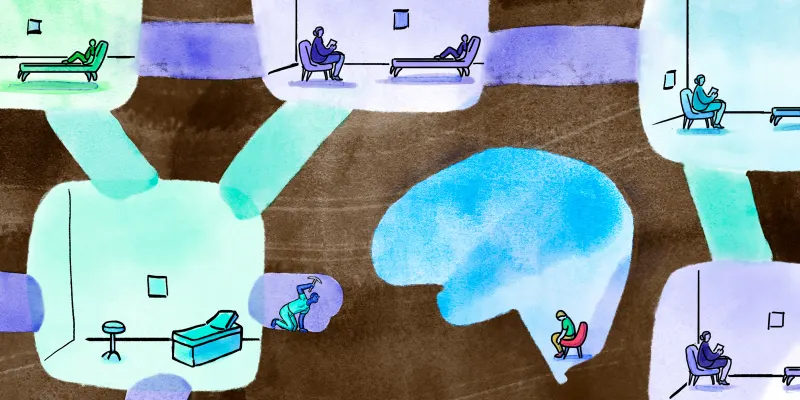
My favorite inanimate thing — and I have owned many things — was an old wooden boat.
Sixteen feet long and too heavy to lift, I could just barely drag her over a sandbar to the water. She had been, long before, a lifeboat on a ship. They made her lapstraked and beautiful back then, and strong. But they did make her heavy; it took three strokes just to get her moving. Get her going though and boy she went — she rowed out straight as a city street, through waves and wind with a wonderful, easy motion.
As a young teenager, I would take little kids, dogs, even old aunts on hours-long rows in that boat, way offshore with neither sail nor engine, just a box of cookies and some cushions and they were as happy as I was. I sanded and painted and caulked and coated that boat, I even injected her softening timbers with chemicals to stop it. But nothing beats the rot. A morning in August I couldn’t drag her anymore. She buried herself right there on the beach. Broke up under her own weight. The sand really did close up over her. I found the mound it made years later and dug. You could still smell the wet wood in the discolored sand underneath. But there was no boat there anymore. A man-made thing, so perfect, but so gone. Reduced to tiny particles. It’s what happens to the things we make, around salty water.
Our bodies are just the opposite. They love salty water — can’t get by without it. By weight we’re mostly made of it. We get formed in a sack of it. We get sick (quite often) just from the lack of it. This is one of the first things you really learn as a surgical resident: a patient who isn’t doing well probably needs fluids. After antibiotics, the greatest advances in patient-care during our fathers’ generation were in this area. Unsung, unglamorous, and inexpensive, the understanding of fluid and electrolyte balance — basically knowing how much salt and water to give people when they’re sick — has probably saved as many lives as our wonder drugs have.
I do a lot of shoulder arthroscopy now. We give quarts and quarts of salty water during this type of surgery. It accumulates under the skin. (The salty water is what lets it be “minimally invasive” — its transparency lets us see what we’re doing.) I was worried sick when I started this: they were so swollen. Could they take all that fluid? Many thousands of cases later the answer is clearly yes — no problem. By the next day, it’s always gone. It’s just salty water.
So here is a simple test to tell if a thing is alive. Put it in salty water. Some things, like babies and crayfish, will do well. They get bigger, stronger and more organized. Others, even “smart” things like iPods and cell phones, laptops, cars and TVs, stop working immediately. Then they rust and decompose. ( I know this, I’ve dropped most of them in). Inanimate things, including, alas, my boats, naturally fall apart. They are obeying a law of nature. The salty water just makes them do it faster. They might be made of chrome and plastic but they are, curiously, “natural” — obeying a principle that’s been observed countless times. The principle, or law, says “things become less well organized over time.” But the salty-water-loving things — the living things — do something distinctly unnatural. They get bigger and better organized. Think about it. The little kids who sat in my rowboat are all big and smart now. It might only be for a short time and in a certain place but all life violates the law which says “Things fall apart.” It does it at every level; from algae organizing pond gunk into good-looking little green cells, to you yourself, who having read this far now have a brain which is a little bit more organized than it was at the top of the first paragraph. Minds and brains are perhaps the least natural things of all.
But it’s so striking at the mechanical level — especially to us concrete, surgical types. I had to operate on the knee of a 99-year-old man a few years ago. He was in good shape but had been hit by a car. The cartilaginous articular surfaces of his knee — what rubs together when the knee bends — were amazing. They were pristine. They were as smooth and white and glistening as those of a teenager. Now we generally expect a normal knee to wear out because it bends, with full body weight on it, two to three million times a year. Here was a surface that had rubbed against another surface with 150 pounds of force pressing them together, at least two hundred million times. And it was still perfect — there was absolutely no arthritis. How could this be? Only by virtue of being alive. The living joint has all sorts of intricate self-repair machinery, machinery that works to undo damage — right down to the molecular level. And frankly, it doesn’t usually work as well as it did in that man. But it’s there in all living things — an automatic machinery that works against the laws of nature. We can call it hypercomplexity, or fearful and wondrous manufacture but no one who works closely with it can still call it “natural.”
Scott Haig has been an Assistant Professor of Orthopedic Surgery at Columbia University for over 20 years. He has written extensively for Time magazine, published two professional books and has taught classes in Old and New Testament Studies since 1994. He remains in full-time private practice. He is a 2018–2019 Doximity Author.







